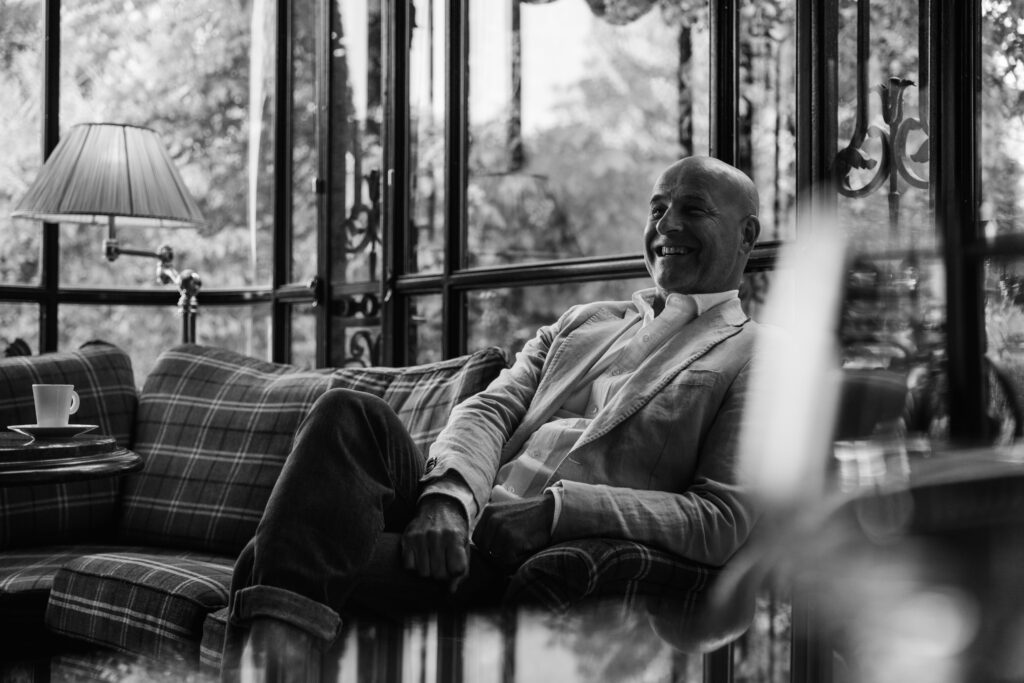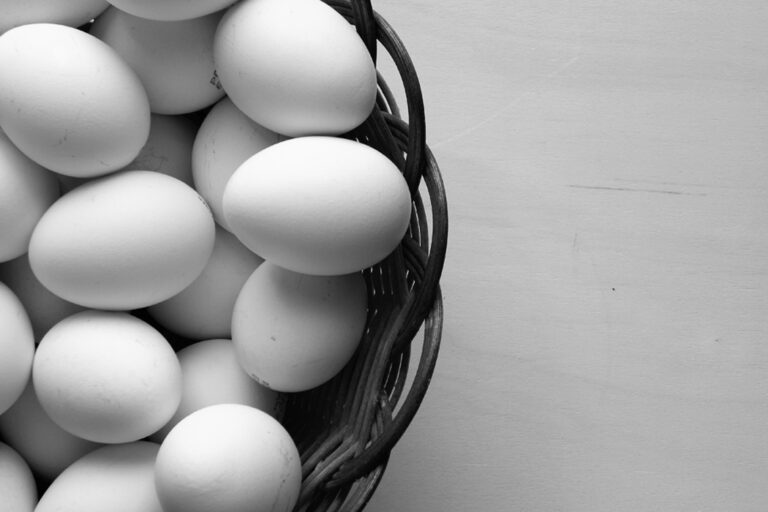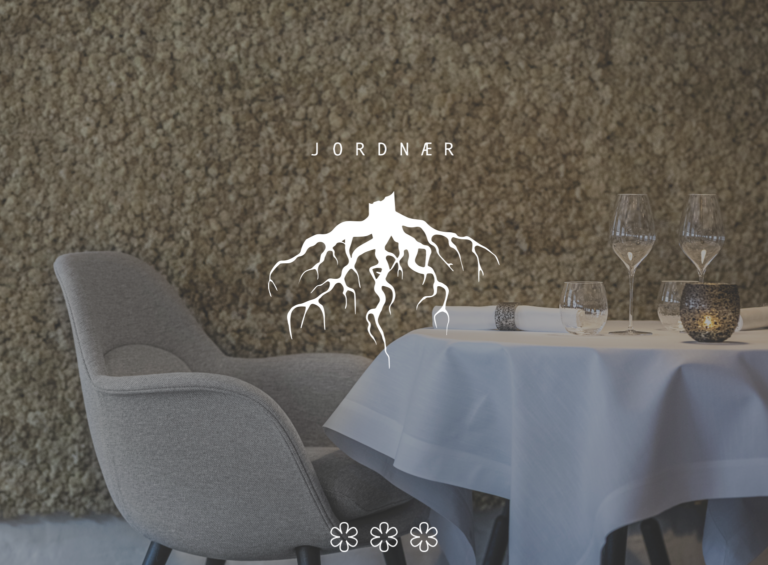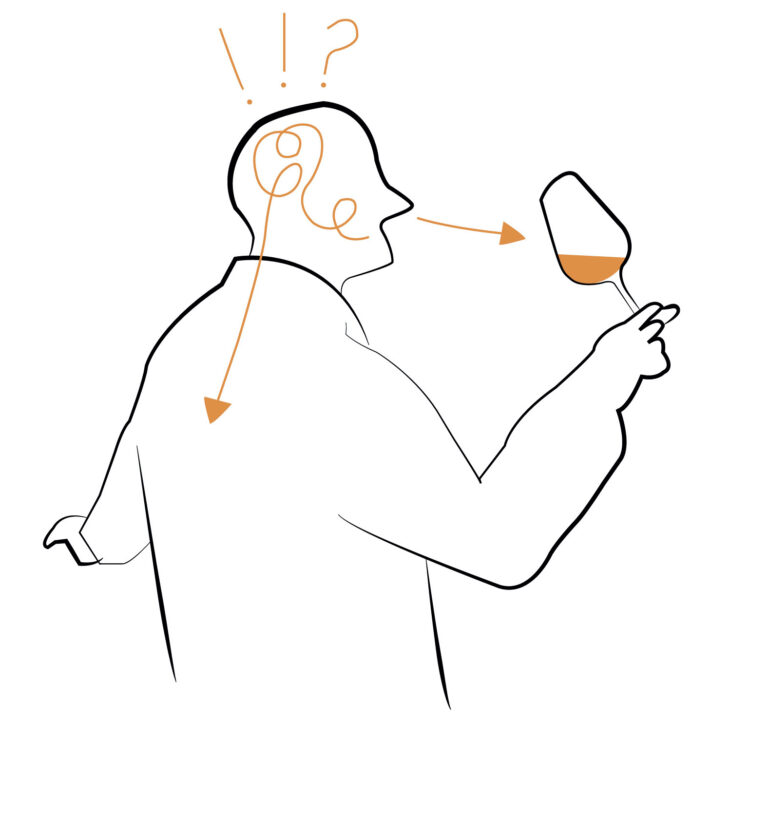In all wine districts with vintage variations, there is a touch of occult superstition about which numbers should give weak and good vintages. So also in Champagne. [read the full champagne story]
Estimated reading time: 4 minutes

Some growers are even so superstitious that they pre-dispose or lift a vintage just based on what number the vintage ends on. Is there any logic at all in this old farming practice? If we look purely statistically, it really is chance that decides. It is true that there are rarely several good years in a row as the cycle of the vine is almost as important as the changes in the weather. Above all, the amount of grapes (harvest output) is very much controlled by cycles and previous vintages.
1988, 1989 and 1990, for example, are the only perfect trilogy in champagne history.
Richard Juhlin
Let’s run the entire row from 1900 to today’s date.
| Years ending in zero | 7 weak | 6 good |
| Years ending in 1 | 8 weak | 5 good |
| Years ending in 2 | 8 weak | 5 good |
| Years ending in 3 | 7 weak | 6 good |
| Years ending in 4 | 8 weak | 4 good |
| Years ending in 5 | 6 weak | 6 good |
| Years ending in 6 | 6 weak | 6 good |
| Years ending in 7 | 10 weak | 2 good |
| Years ending in 8 | 5 weak | 7 good |
| Years ending in 9 | 1 weak | 10 good |
Yes, you can see for yourself. There are two final numbers that stand out. Devil’s 7th with only rare and almost completely extinct 1937 and heroic 1947 as fine vintages.
On the other hand, the beautiful 9 that stands out as obviously as a high-performance center forward of the caliber of Erling Braut Håland or Brazilian Ronaldo, with the heavy number 9 that obliges on the back. Yes, that’s actually why I wrote this short and unimportant nerdy text. Right now it is so striking that the nines deliver. 2019 looks to be heading towards a great future. 1929, 49, 69 are always great if you are still lucky enough to run on them. 1959 and 1979, together with 1955, are the vintages that are currently the safest if you want world-class experiences. For a long time I was a little skeptical of the admittedly extract-rich, but a little too corpulent and at the same time dumb 2009’s.
Today, they have found a new path and are going from strength to strength, like almost all of Europe’s wine districts. Now I come to the crescendo of the text. Year 1999. The last year of the millennium was for a long time a neutral, kind and polite, but somewhat an uninteresting figure. Right now, the vintage shines in a way that no one could have predicted. Every bottle shines with youthful vibrancy, at the same time with an outstandingly rich, caressingly ripe generous fruit and a depth of nutty bombastic grandeur.
1999 Bollinger La Grande Année and Cuvée Sir Winston Churchill and a 1999-based Grand Siècle were November’s top three sensational gems. So if you have an ounce of superstition in you, watch out for 2027 and bet your cards on 2029. Or why not just go down to the cellar and pick up a bottle of Dom Pérignon or Cristal 1999 to see if they too have undergone the same metamorphosis as their peers cousins.
Is this because 24 years is an absolutely perfect age for well-aged champagnes or is it simply that nine is magic? Judge for yourselves.
RICHARD JUHLIN
[To check out the best Champagnes per vintage. Check out our vintage guide here.]





